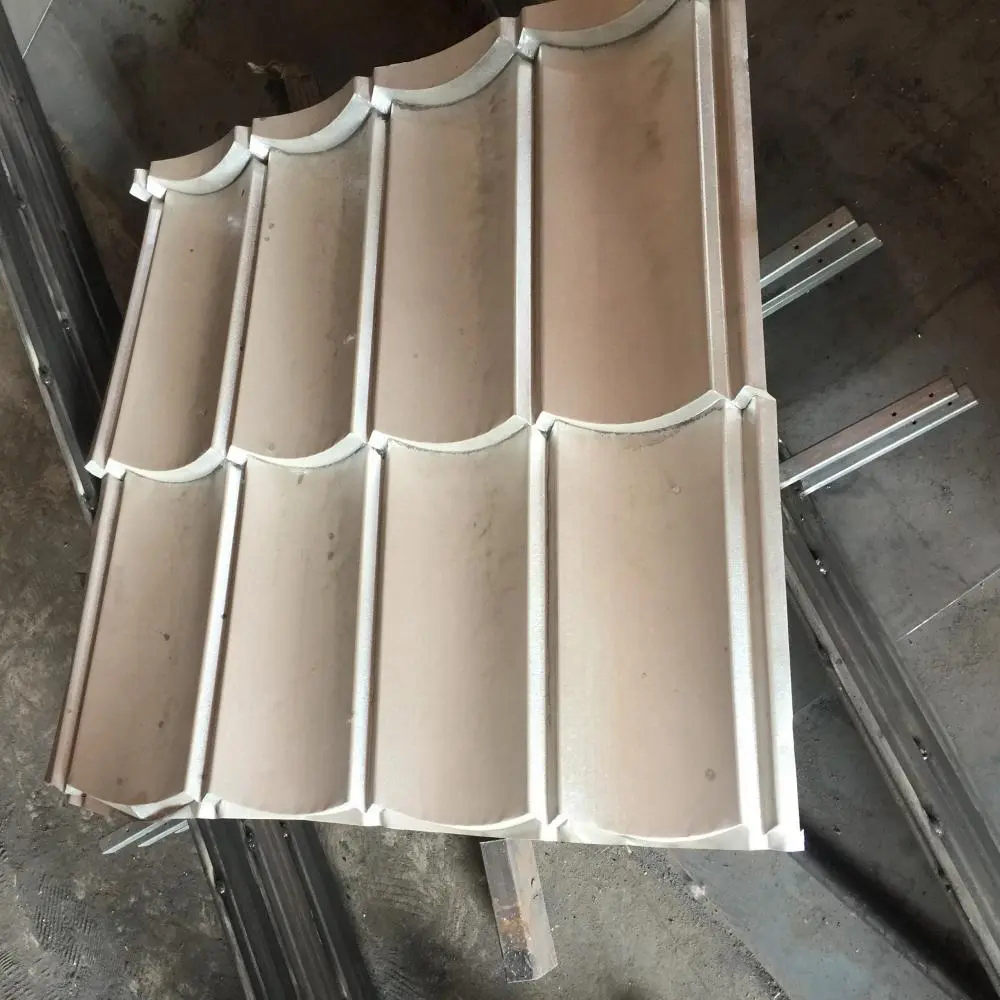
The Cable Tray Production Line An Essential Component for Modern Infrastructure
In today's ever-evolving world of construction and electrical engineering, the importance of cable management cannot be overstated. As buildings grow in complexity and the demand for organized electrical systems increases, the cable tray production line has emerged as a pivotal solution. This article delves into the intricacies of cable tray production lines, their significance in various industries, and the advancements that have transformed their manufacturing processes.
Understanding Cable Trays
Cable trays are structural supports designed to hold electrical cables and conductors, allowing for a safe, organized, and efficient way to manage wiring in buildings, industrial facilities, and even outdoor environments. They come in various materials, including aluminum, steel, and fiberglass, and can be found in numerous configurations such as ladder, channel, and wire mesh trays. Their design not only facilitates easy access to cables for maintenance and upgrades but also helps in protecting them from potential damage.
The Production Process
A cable tray production line is a sophisticated assembly line that incorporates various stages of manufacturing to ensure the efficient production of high-quality cable trays. The process typically includes
1. Material Preparation The journey begins with the selection of raw materials. Steel, commonly galvanized for corrosion resistance, is cut into required lengths. Advanced techniques, such as laser cutting or CNC machining, are often employed to ensure precision.
2. Forming Once prepared, the flat sheets or strips of metal are formed into the desired shapes. This may involve bending, rolling, or stamping, depending on the tray design. The forming process is crucial as it dictates the structural integrity and load-bearing capacity of the trays.
3. Welding and Assembly For certain tray types, welding is employed to join different components together. Automated welding machines have enhanced the speed and accuracy of this process, minimizing human error and maximizing efficiency.
4. Finishing After assembly, trays undergo various finishing processes. This can include powder coating, galvanization, or painting, which not only enhances the aesthetic appeal but also provides additional protection against environmental factors.

5. Quality Control Before the final products are dispatched, they are subjected to rigorous quality control measures. This ensures that each tray meets the necessary standards for safety and performance. Tests may include load testing, visual inspections, and adherence to industry certifications.
Importance in Various Industries
The significance of cable trays extends across multiple sectors. In construction, they are indispensable for ensuring compliance with electrical codes and safety regulations. For data centers, where vast amounts of cabling are required, cable trays provide an organized solution that simplifies both installation and maintenance. Additionally, in industrial settings, where heavy-duty cables are prevalent, the robustness of the trays helps prevent disruptions in operations.
Moreover, with the rise of renewable energy, cable trays are increasingly used in solar farms and wind energy facilities, where they manage the connections from solar panels to inverters and from turbine generators to transformers. Their adaptability makes them invaluable in modern electrical infrastructure.
Advancements in Cable Tray Production
The cable tray production line has seen significant advancements in recent years, driven by technological innovations. Automation has played a key role in enhancing efficiency and reducing labor costs. The integration of robotics and AI-driven systems allows for precise manufacturing and reduces the time required for production.
Furthermore, sustainability has become a focal point in manufacturing practices. Producers are increasingly adopting eco-friendly materials and practices, ensuring that the production of cable trays aligns with environmental standards. These efforts not only contribute to reducing carbon footprints but also appeal to environmentally conscious consumers.
Conclusion
The cable tray production line is a fundamental aspect of modern electrical infrastructure, playing a crucial role in ensuring safety, organization, and efficiency. As industries continue to evolve and grow, the importance of these production lines will only increase, highlighting the need for continued innovation and improvement in manufacturing processes. By embracing new technologies and sustainable practices, the future of cable tray production looks promising, paving the way for a more organized and efficient management of electrical systems worldwide.